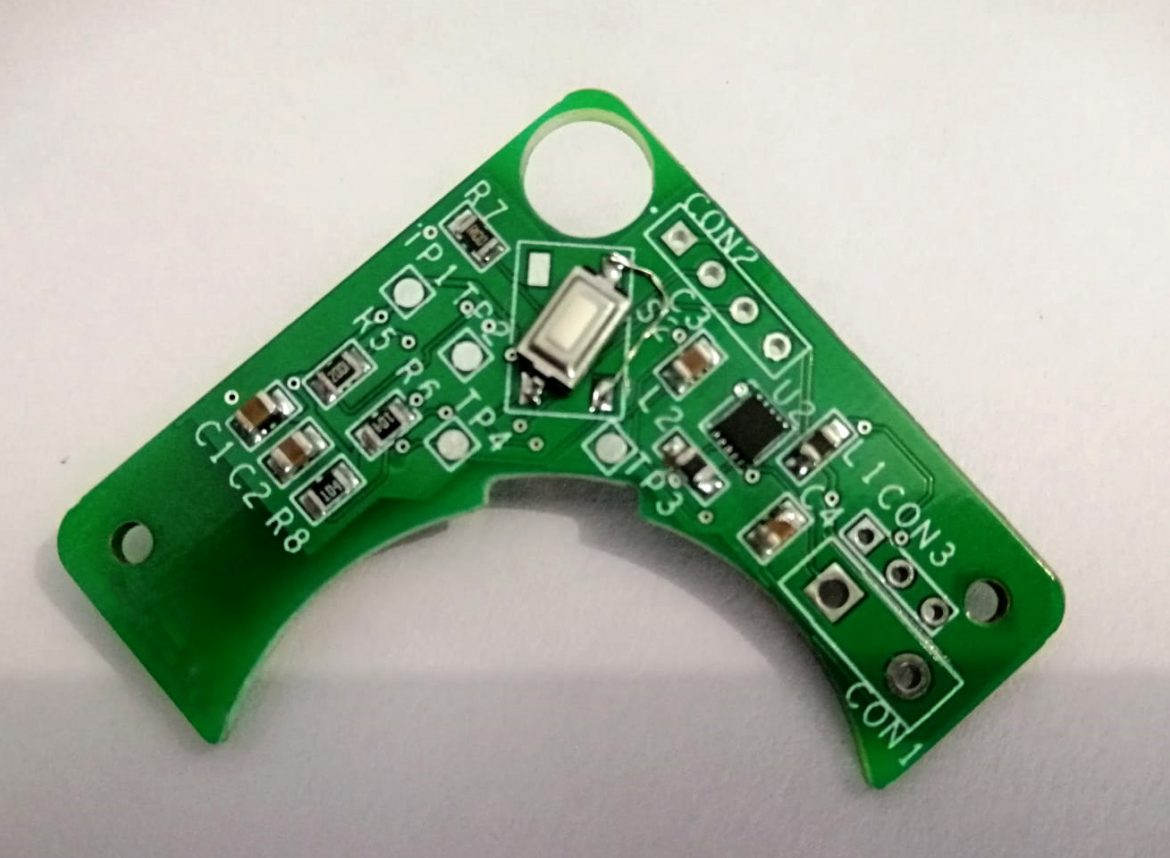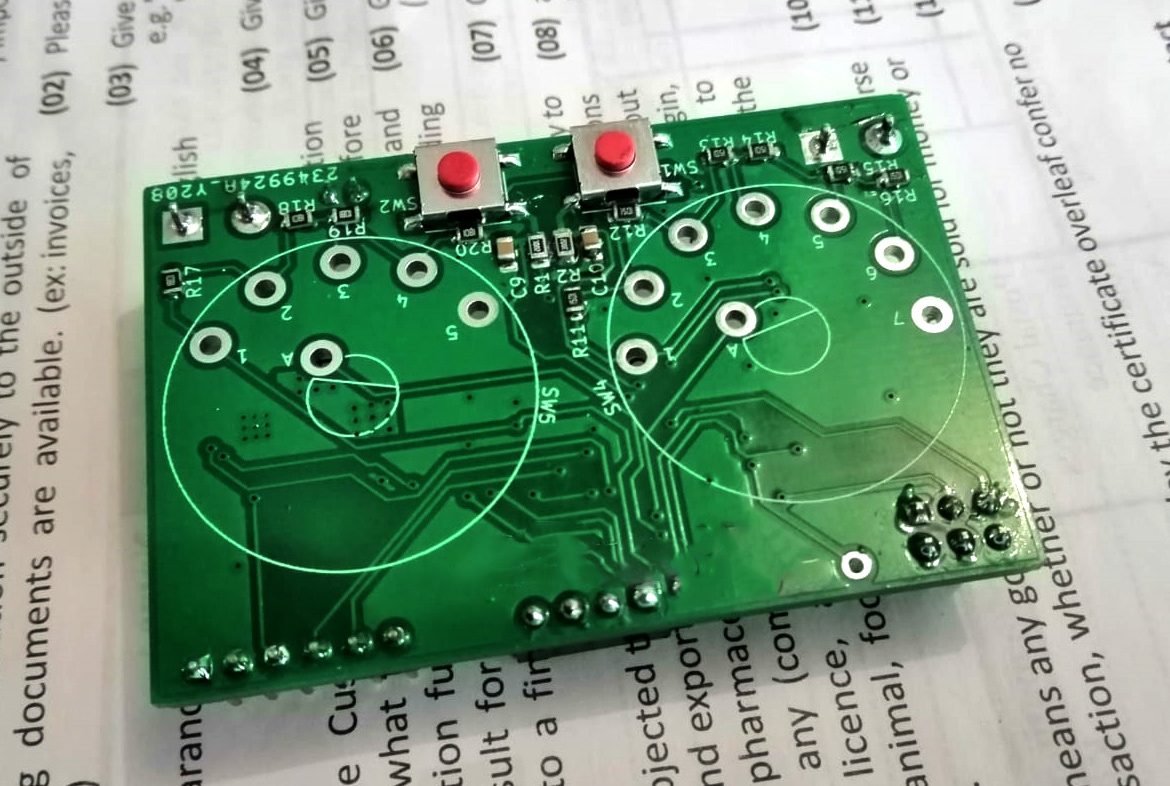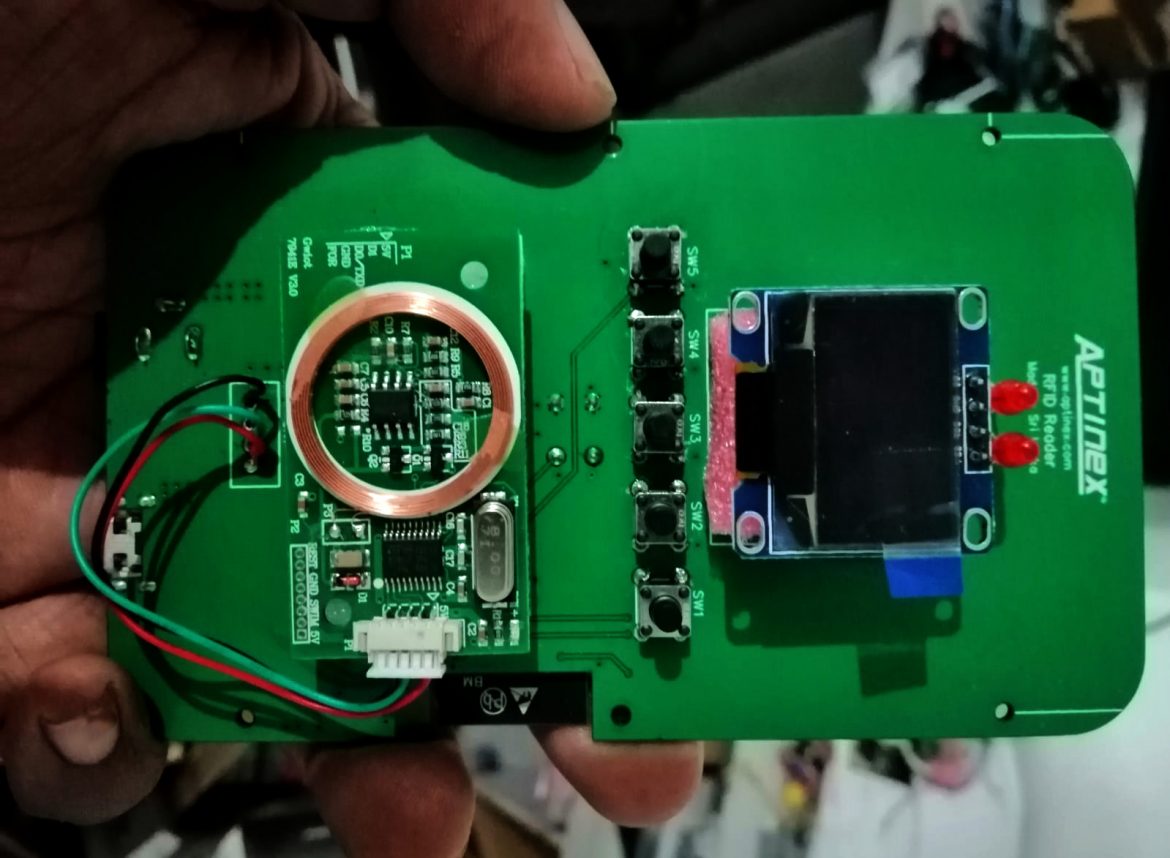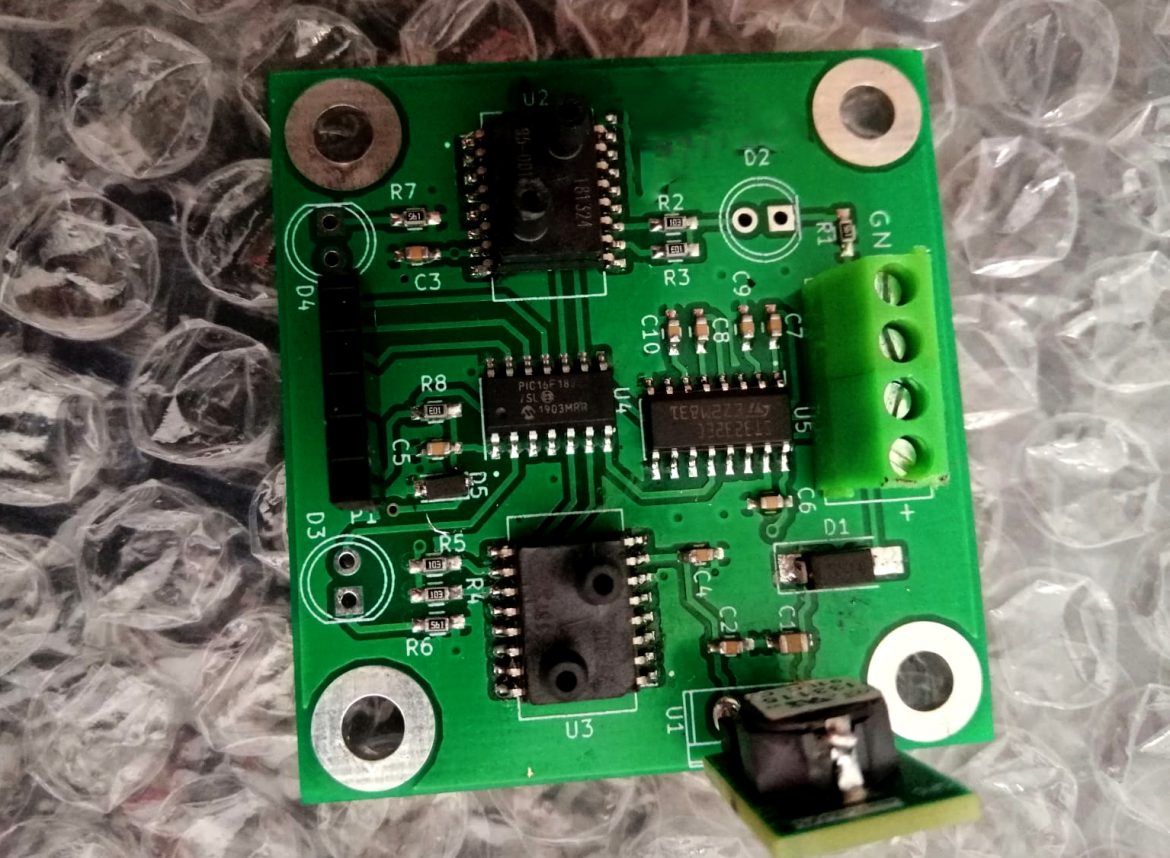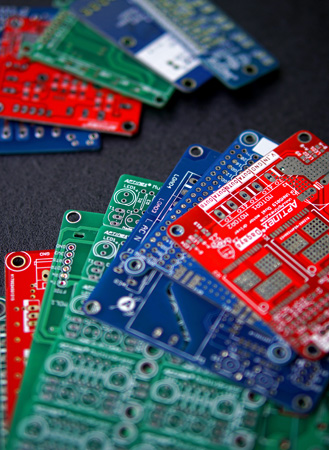Surface Finishes for Printed Circuit Boards
Introduction
Surface finishes are mandatory for Printed Circuit Boards (PCB’s) because the finish protects the exposed copper circuitry from reacting with air thus preventing corrosion leaving the board inoperative. The finish also provides a surface on which other components can be soldered onto the board.
Up until recently the most popular method was Hot Air Solder Levelling (HASL) which produced almost ¾ (75%) of PCB’s. However, as technology progressed the boards became more complex and stretched the capabilities of the HASL to the limits. So new methods emerged and started to compete with the HASL. These new methods include ENIG, ENEPIG, Hard Gold, Silver, OSP and White Tin. The finish you choose will change the quality, reliability, cost and manufacturability of the final product.
Hot Air Solder Levelling (HASL)
HASL is the predominant surface finish used in the industry. The process consists of immersing PCB’s in a molten tin/lead alloy and then removing the excess alloy solder by using ‘air knives’, which blow hot air across the surface of the circuit board.
| Advantages | Disadvantages |
|---|---|
| Cheap | Solder contains Lead |
| Used Widely | Uneven surfaces |
| Re-workable (remains able to be soldered) | Thermal shock can occur |
| Long shelf life | Solder bridging |
| Not good for fine pitch |
Electroless Nickel Immersion Gold (ENIG)
ENIG is now one of the most widely used PCB finishes even though it has a high cost per board. It uses two layers to cover the copper. The first layer is an electroless nickel plate which is covered by the second layer, a thin sheet of immersion gold. This sheet of immersion gold is meant to protect the nickel layer from corroding by replacing atoms of nickel with atoms of gold.
| Advantages | Disadvantages |
|---|---|
| High resistance to oxidation | Expensive |
| No toxic metals used | Complicated Process |
| Flat surface | Not re-workable |
| Long shelf life | Signal loss |
| Good for Plated-Through Holes (PTH) | Black pad of Ni2O3 forms but can be fixed using electroless palladium |
Immersion Silver (I-Silver)
Immersion silver has only recently gained popularity as it follow all safety regulations but like most immersion metal boards whiskers may form. The silver layer displaces the copper in an immersion reaction.
| Advantages | Disadvantages |
|---|---|
| Compliant with RoHS and WEEE protocols | Tarnishes |
| Flat surface | Silver whiskers form |
| Fine pitch | Not suited for some pins |
| Good stability |
White Tin/Immersion Tin (I-Tin)
Immersion tin was considered a success in its early stage but problems arose mainly due to the intermetallic relationship between copper and tin. The tin is deposited onto the copper by a displacement reaction that applies the tin onto the surface of the board.
| Advantages | Disadvantages |
|---|---|
| No lead used | Uses Thiourea (Carcinogen) |
| Cost-effective | Tin whiskers form |
| Flat surface | Not good for PTH (Plated Through Holes) |
| Re-workable (limited) | Fragile and delicate |
| High reliability | Not good for multiple reflows |
| Tin which is open may corrode |
Organic Solderability Preservative (OSP)
OSP has been around since 1975 but has only now become a popular mean of surface finishing. The process uses a water based organic compound (usually an azole compound) to bond with the copper surface and protect it till soldering.
| Advantages | Disadvantages |
|---|---|
| No lead | Not good for Plated Through Holes(PTH) |
| Flat surface | No way to measure thickness |
| Simple process | Short shelf life due to exposed copper |
| Repairable | Sensitive handling (no acidic fingers) |
Hard Gold
Hard Electrolytic Gold is most often used to coat edge connector fingers and in extreme conditions as it is very durable. A layer of gold plating is added onto the surface through electrolysis.
| Advantages | Disadvantages |
|---|---|
| Durable surface | Expensive |
| No lead | Takes long and more work required |
| Long shelf life | Can only be used for certain tasks |
| Can be used in harsh environments | Labor intensive |
| Not easily solderable |
Summary
Unfortunately no surface finish has ever been made to suit all boards. So until then selecting the most appropriate finish is of utmost concern. Each has its own advantages and disadvantages. The best way to choose is to choose the one which fits your regulations.
If you feel unsure about what finish would suit your PCB please contact us and we will guide you in (selecting) buying the best surface finish for your board.
| HASL | ENIG |
|---|---|
 |
